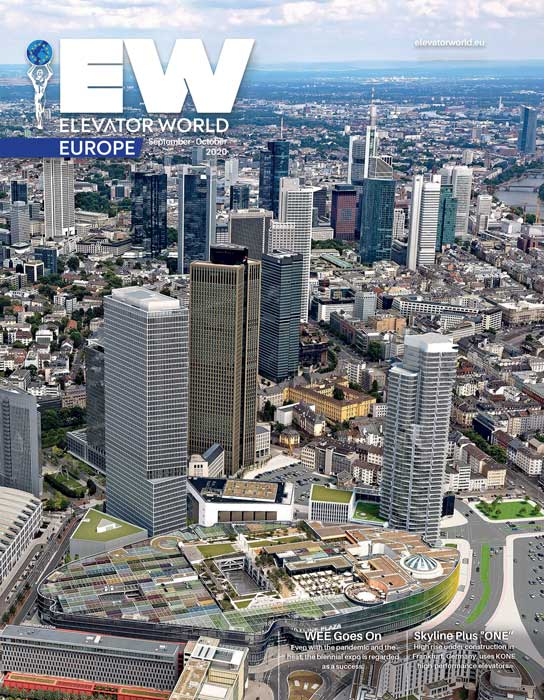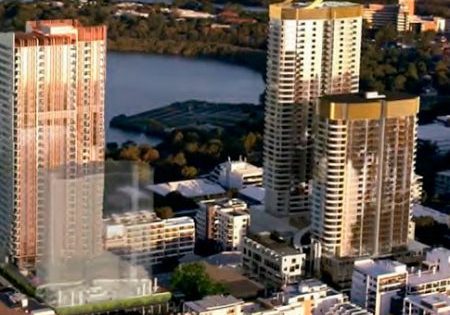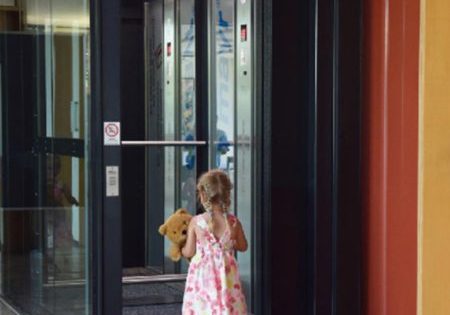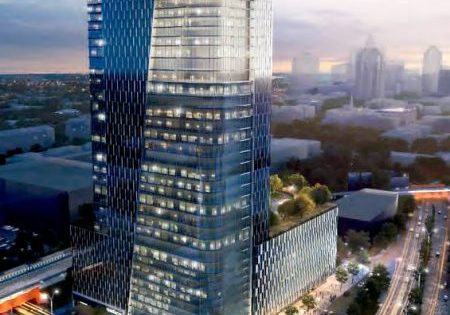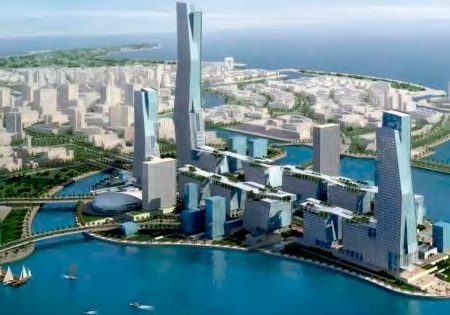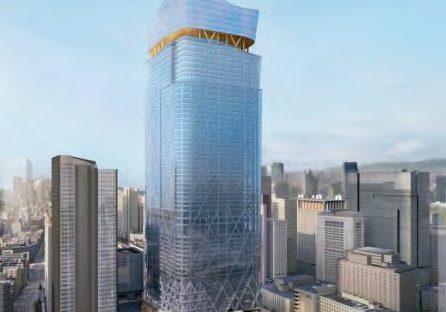The Council on Tall Buildings and Urban Habitat (CTBUH) invites owner/occupiers to discuss pandemic-related changes in their segment around the world.
submitted by CTBUH
On July 30, representatives of owner/occupiers around the world gathered virtually for an open discussion on the state of global real-estate markets, evolving tenant demands and the effects of COVID-19 on portfolio management and building occupancy. CTBUH Chairman Steve Watts and partner, alinea Consulting, served as host. This report anonymizes panelists and responses to protect participants’ privacy and intellectual property.
Commercial Tenant Rent/Occupancy Levels
Participants reported that, by and large, commercial tenants continue to pay rent, though retailers and cinemas are experiencing more difficulties than professional firms and other types of tenants. In general, commercial rents tend to be multiyear, so there is little flexibility for many tenants to make dramatic changes in their leasing profiles. Those at the point of renewal are generally taking shorter-term leases when possible, however. Occupancy levels range 10-15% globally, with most employees still working from home. It is expected that in the more space-constrained cities in Asia, with generally smaller residential dwellings, the work-from-home proposition will be more difficult to maintain long-term than in other markets. Occupiers report plans to return to greater occupancy numbers in the September 2020-January 2021 timeframe, with considerable variances, depending on the locality and related restrictions.
Interventions to Support Social Distancing/Health and Safety in Buildings
A range of responses to prevent infection have been discussed or implemented across global markets. In parts of Asia, strategies have extended to allocating lifts to serve only one floor and placing covers on lift buttons. Hallways and common areas are treated with ultraviolet rays during nightly cleaning, and touch-free door hardware and bathroom fixtures are expected to be in demand. There is some hesitancy to change occupier spaces or building configurations too radically, because it is expected that a vaccine for COVID-19 will be available by at least mid-2021, inducing demand to rebound.
Nevertheless, working from home is likely to constitute a bigger proportion of employees in the future than before the pandemic. Ironically, this may drive many owners to invest heavier in the ambience and amenities of workplaces, rather than less, because office spaces will need to be more attractive and comfortable to induce people to return. Due to social distancing requirements and expectations, office space may need to become more lounge- or home-like, reducing the prevalence of rows of desks that typify the “open office” format.
Though the idea of engineering common spaces to support spontaneous “collisions” aimed at driving ideation is not as appealing as it was pre-COVID-19, the fact remains that a range of amenities with a “hospitality” focus continues to be a key incentive for occupiers, albeit for fewer individuals in a given space.
In parts of Asia, strategies have extended to allocating lifts to serve only one floor and placing covers on lift buttons.
The Importance of Communication
One of the most humbling realities of the COVID-19 crisis is that there is no standard playbook for dealing with a pandemic in the hyperconnected 21st century. The definition of “best practice” changes frequently, and there are many subareas to cover, including improving indoor air quality, managing vertical-transportation (VT) allocation and building services and amenities to support safe social distancing, etc. According to forum participants, the best landlords are keeping their tenants calm by frequently and clearly communicating the protocols being put in place in their buildings and noting when these change. Importantly, leading owners and managers are acknowledging when limited information might cause sudden changes in protocol and when there is not enough scientific evidence to support a new intervention.
The “Other,” Continuing Crisis: Climate Change and Carbon Impact
Although coronavirus has dominated the dialogue around the built environment for most of the year, forum participants maintained that the community remains heavily focused on improving the buildings’ environmental performance, even as we tackle the immediate health crisis. Even in this more-established effort, there remain significant gaps in “best practices” here, too — particularly around environmental building rating systems that reward implementing features that do not align with market realities (such as implementing car-charging stations in markets with few to no electric cars) and perverse incentives that make it more desirable to demolish and replace an underperforming building than renovate it. There is also a recognition that the issues of sustainability and health/wellness are deeply intertwined and can be complementary. For instance, participants reported that tenants are at least as interested in buildings with WELL certifications as they are with Leadership in Energy and Environmental Design and Building Research Establishment Environmental Assessment Method certifications. One facility type that can be expected to see growth in demand both due to broader sustainability and social-distancing concerns are end-of-trip facilities for bicycle commuters. These are now being mandated in some jurisdictions for developments over a certain size.
Beyond outright changes to the physical interiors, participants suggested that “smart” systems around destination control and presence management will continue to be more important as the traditional rush hour spreads out into staggered shifts with limited elevator capacities.
Flexibility Is Critical
In an industry that already was challenged by the need to adapt long-lead, expensive construction projects to a rapidly changing market, the arrival of COVID-19 has made flexibility in design all the more critical, participants said. The volatility of staff sizes, tenant footprints and social-distancing/airflow requirements will dictate designs that allow for ease of subdivision and reconfiguration of floorspace. Changes in male/female occupancy ratios and the increasing recognition of the needs of the transgender community may also lead to changes in bathroom design and occupancy, participants noted. Beyond outright changes to the physical interiors, participants suggested that “smart” systems around destination control and presence management will continue to be more important as the traditional rush hour spreads out into staggered shifts with limited elevator capacities. Security gates and systems may need to be reconfigured to avoid traffic jams and promote touch-free credentialing. More integration between building management systems, VT and personal devices can be expected as workplaces and governments promote hybrid commuting/working from home for the foreseeable future.
The future of COVID-19-aware cities will be examined further in the live-streamed CTBUH conference “The Post-Crisis City: Rethinking Sustainable Vertical Urbanism” on November 17. For more information or to register, visit CTBUH website
Get more of Elevator World. Sign up for our free e-newsletter.


